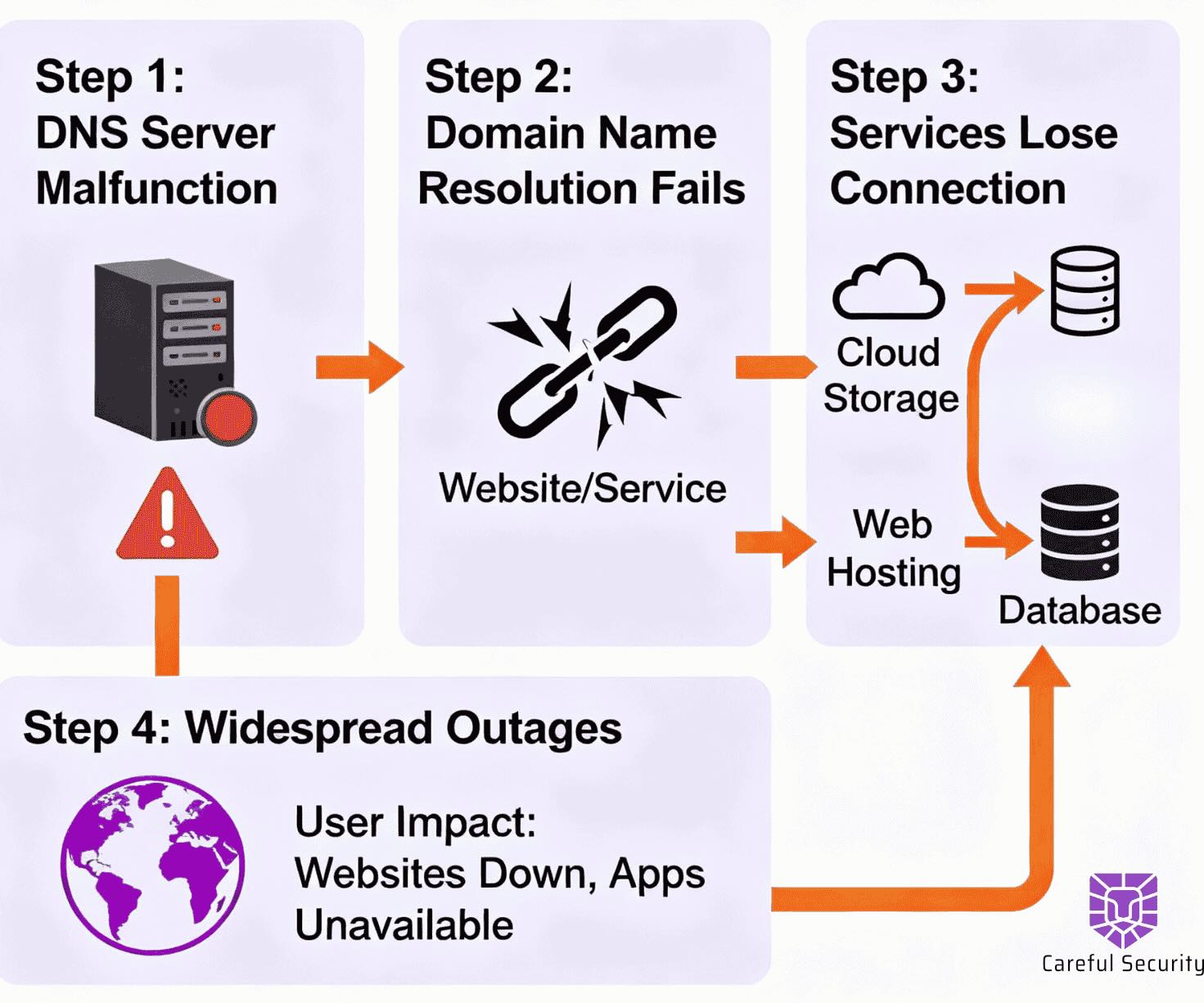Manufacturers Reduce Breach Risk

The Silent Shift
With smart factories, IoT, automated supply chains, manufacturers are increasingly ideal targets for cyber threat actors. Small to medium manufacturers are no longer “below the radar”, they are the radar. Attackers hunt the weakest links.
Key Challenges & Vulnerabilities Facing SMB Manufacturers
- Legacy & industrial systems with minimal security controls
Many factories still run decades-old PLCs, SCADA systems, or use firmware that cannot be fully patched or isolated. These are ripe targets. - Blurring of IT & OT / lack of segmentation
The convergence of operational networks and corporate networks exposes OT systems to more attack vectors. - Insufficient cybersecurity staff / expertise
SMBs often lack in-house security teams, or have overburdened IT staff without OT expertise. - Supply chain & third-party risk
A compromised vendor or a hardware component can introduce backdoors. - Human factor / social engineering
Attackers exploit phishing, credential reuse, or misuse of access privileges. - Weak visibility & detection
Without proper monitoring, attacks in OT/ICS environments may go unnoticed until major damage occurs.
Proactive Strategies to Reduce Risk & Improve Detection
- Asset / Risk Inventory - Map all assets (IT, OT, IoT), identify critical systems. You can’t protect what you can’t see.
- Segmentation & Isolation - Segment networks (IT / OT / vendor / DMZ) and limit inter-segment traffic. Contain attacks, reduce lateral movement.
- Least Privilege & Access Controls - Role-based access, require MFA, restrict vendor access. Minimize exposure if credentials leak.
- Patch & Firmware Management - Regular updates for all systems; isolate those that can’t patch. Many attacks exploit known vulnerabilities.
- Continuous Monitoring & Anomaly Detection - Deploy SIEM, OT sensors, alerting on weird traffic. Faster detection = faster containment.
- Incident Response Planning & Tabletop Drills - Define roles, simulate breach scenarios. Ensures you respond faster and avoid panic.
- Vendor Security & Auditing - Require security controls from suppliers, screen firmware & hardware. Prevent third-party entry points.
- Employee Security Culture - Phishing drills, awareness, reporting, enforcement. Humans are often the weakest link.
Why Network Segmentation Matters in a Manufacturing Setting
Think of your factory network as a multi-room facility: if you let attackers roam freely from the foyer into control rooms, damage is inevitable. But if each room (or zone) is separated by doors (firewalls, access controls), you slow or block the threat.
Key benefits of segmentation in manufacturing:
- Containment & blast radius reduction: If one part is breached, it doesn’t take down your entire factory or corporate network.
- OT/IT isolation: Separating operational systems (PLCs, controllers) from general IT protects them from broader IT vulnerabilities.
- Compliance & audit transparency: Easier to prove your controls and limits to regulators or partners.
- Easier security control management: Each segment can have dedicated controls, firewalls, rulesets.
- Performance optimization: Traffic stays local, lower congestion, better predictability.
- Visibility & monitoring per zone: Anomaly detection is more meaningful when local to a zone.
In industrial environments, network segmentation should include:
- Perimeter segment (internet, remote access, vendor)
- DMZ / gateway / data aggregation
- IT zone (corporate systems, servers, business apps)
- OT zone(s) (PLC / SCADA / visual systems)
- Micro-zones within OT (sub-segments for different lines or device types)
- Strict rule enforcement between zones (only necessary traffic allowed)
Implementation requires collaboration between IT and OT teams, rule design, and ongoing review. Start small, segment smart, monitor intensely, and continuously evolve.
Cybersecurity Leadership for Your Business
Get started with a free security assessment today.
.avif)
.avif)




.svg)
.svg)
.svg)